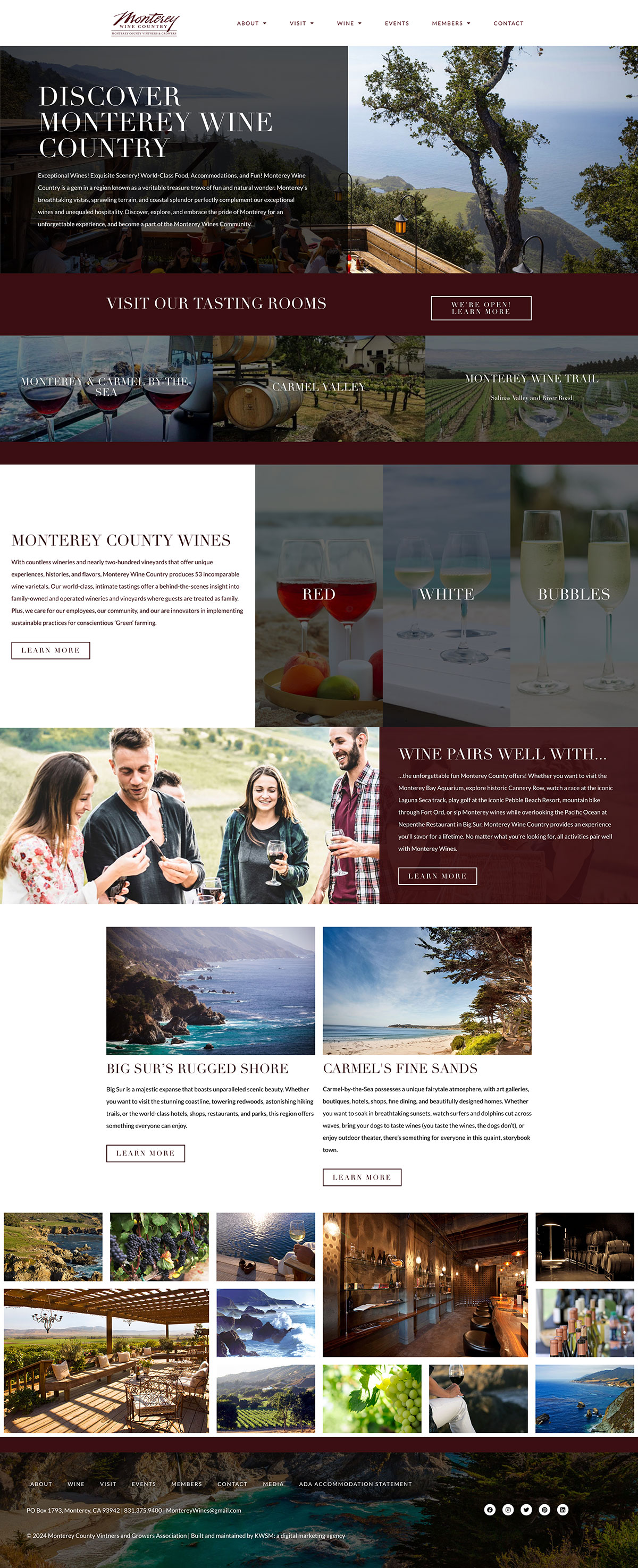When it comes to growing your fan base on your social media channels, there is no easier way than to include social share buttons on your website. If you’re not quite sure what that means, take a moment to examine your company page. Are your blog posts, product images, and various subpages designed with small social media logos or “buttons” that link to your company’s pages? If not, you could be limiting your growth and engagement levels by adding barriers to viewers’ sharing and following capabilities.

Picking the Right Buttons
Not all share buttons are created equal, unfortunately. There are different levels of functionality, as well as ways to get the code necessary to install them. To generate the codes needed to install them, you can enlist all-inclusive plugins such as AddThis, or source the code natively from each social media channel. Either tactic will work, but occasionally one is optimal over the other. For instance, if your business only runs a Facebook and Twitter, installing a plugin that includes Instagram, Tumblr, StumbleUpon, and YouTube doesn’t make much sense. Also, for businesses with very visual products and services, installing Pinterest’s “Pin It” option directly from Pinterest will allow the button to appear in the upper left corner of your image exactly as it would on its board, as opposed to grouped with all other buttons.
Where to Install Share vs. Follow
The choice between using share and follow buttons should be determined by your ultimate goal as a business owner: is it more important that a particular piece of content (an offer, for instance) reach the masses, or would you rather grow your long-term fan base? Most business owners would choose both. However, in order for them to be effective, you need to know where and why you’re installing each button. Share buttons at the top of individual products or pages pull the content directly to viewers’ own social media channels where they can share with their networks. Therefore, these should always be displayed prominently, and ideally, show how many shares per channel there have been, indicating social proof. Follow buttons, however, are most effective when included in the right or left banners with a call to action title such as “Connect With ____.” While it may seem redundant to include both share and follow tools, it’s not; if someone shared something off of your site, odds are high they will follow you on social media to source future content.
How to Track
The best part about these plugins is that they provide you with another metric to determine which pages on your website are performing the best on social media channels. Often, page engagement doesn’t fully represent the amount of time a piece of content was shared. No matter what type of link, plugin, or custom tracking system you use, analytics from social sharing can be highly informative when it comes to analyzing customer interaction online.
Want more social media tips? Follow us on Facebook!










